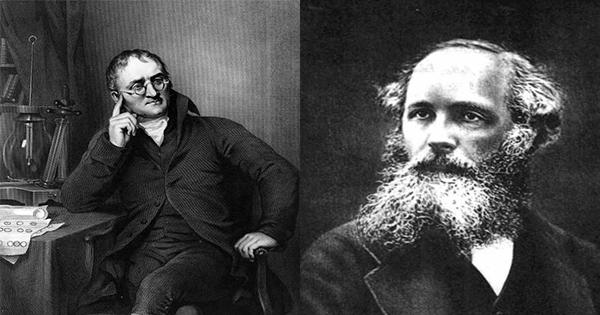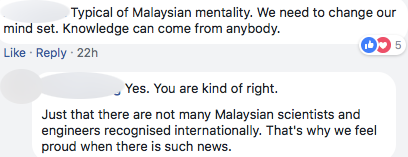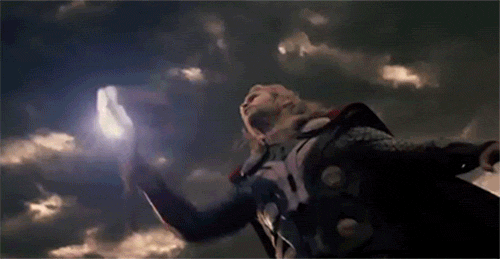The First Woman In 200 Years To Develop A New Lightning Prediction Method Is Malaysian
Johor-born Robiah is the first woman to have her discovery included in national or international lightning protection standards.
In 1995, Robiah Ibrahim "burst onto the lightning research scene" with a remarkable scientific breakthrough, but many Malaysians are only hearing about it over two decades later
According to a New Straits Times article written by her husband Hartono Zainal Abidin yesterday, 19 March, Robiah presented the inaugural paper she co-wrote, "A method of identifying the lightning strike location on a structure" at an international technical conference in Kuala Lumpur in 1995.
Robiah's method, later known as the Collection Surface Method (CSM), is based on the observed lightning damage to buildings instead of power lines. It allows engineers to predict lightning strike locations on a building and design an effective lightning protection system by placing lightning rods at the predicted locations – a technique which was never before developed by any scientists.Despite Robiah’s groundbreaking discovery, local academics rejected her findings simply because she did not have postgraduate qualifications or laboratory experience
Thankfully, an Australian academic and lightning expert who
attended the conference recognised her work as a major scientific breakthrough.
University of Queensland Professor Mat Darveniza went so far as to suggest that CSM formed the basis of a new lightning rod placement method for modern complex shaped high-rise buildings.
In 2003, CSM's principles were included in the Australian lightning protection standard. Robiah became the first woman to develop a new lightning rod placement method in 200 years.
Gay Lussac (left) and James Clerk Maxwell (right).
Image via Pedro M. Rosario Barbosa, Biography OnlineRobiah’s discovery placed her in the same ranks of renowned scientists Gay Lussac, who developed the Protection Angle Method (PAM) in 1823 and James Clerk Maxwell, who developed the Mesh Method (MM) in 1876 – whose methods' include placing lightning rods and conductors on or beside a building to protect it from direct lightning strikes.
In 2006, the principles of CSM were included in the new international lightning protection standard, IEC62305, thus making Robiah’s method applicable on a worldwide basis
The following year, CSM returned to its country of origin when the Science, Technology and Innovation Ministry approved the international standard as the new Malaysian lightning protection standard, MS-IEC62305.
European experts claimed that CSM could provide up to 98% protection against direct lightning strikes if applied correctly.



